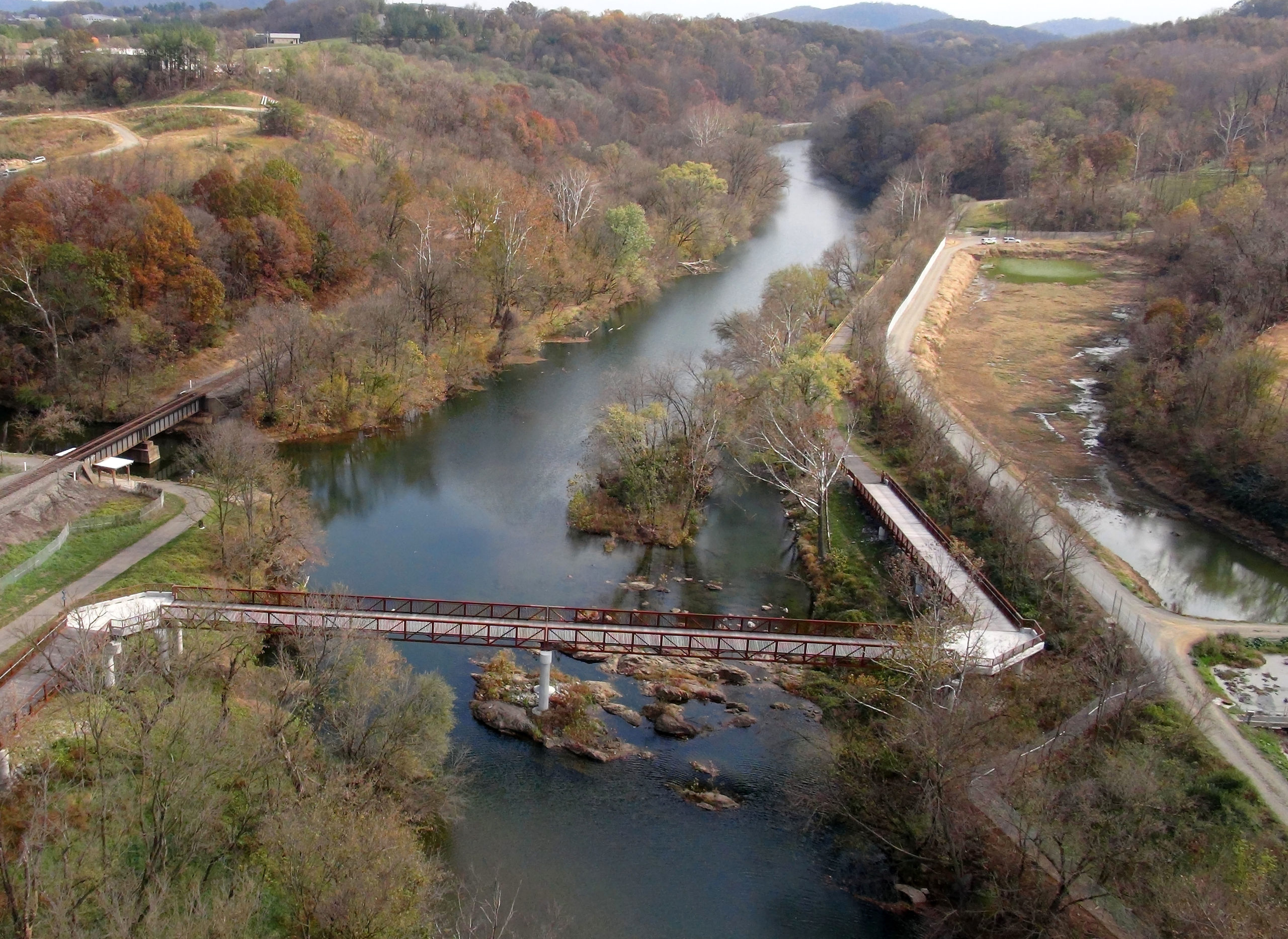
Told from a first-person point of view, the book details Dillard's explorations near her home, and various contemplations on nature and life. GradeSaver, 2 October 2016 Web.Pilgrim at Tinker Creek is a 1974 nonfiction narrative book by American author Annie Dillard.

Next Section Pilgrim at Tinker Creek Summary How To Cite in MLA Format Wong, Obile. Will review the submission and either publish your submission or provide feedback. You can help us out by revising, improving and updatingĪfter you claim a section you’ll have 24 hours to send in a draft. Pilgrim at Tinker Creek has been translated into numerous languages, including French, German and Japanese, and has republished numerous times, most recently in 2013 by Harper Perennial Modern Classics with a short afterword written in 2007. In 1975, when Dillard was only 29, she received the Pulitzer Prize for General Non-fiction. Charles Deemer of the New Leader claimed that "er observation are typically described in overstatement reaching toward hysteria." A more forgiving evaluation came from The Guardian reviewer Robert Macfarlane, who describes the book as "ymbal-clashing, peppery and straightforward." … A remarkable psalm of terror and celebration." Edward Abbey, the enviromentalsit author of Desert Solitaire lauded Dillard as "the true heir of the master." However, other critics found fault in Dillard's work, calling it self-absorbed or over written. Melvin Maddocks of Time says, "Dillard is stalking the reader as surely as any predator stalks its game. Still, the book turned out to be a popular and critical success, with reviewers comparing her favourably to Thoreau and Ralph Waldo Emerson, noting strong hues of Transcendentalism.

In one of her many journals that documented her accounts which comprise Pilgrim at Tinker Creek, Dillard once mused about the recpetion she would receive if the author was a “Virginia housewife named Annie.” Unlike Thoreau, who lived in solitary in a log cabin for two years to write Walden, Dillard was living with her husband in an ordinary house.

She had the most unusal circumstances when writing this book. Published in 1974 by Harper's Magazine Press, Dillard expected little success in the male-dominated genre of wilderness exploration. The book is a work of creative nonficiton, as Dillard employs poetic devices, such as recurring themes, internal monologues, metaphors, to probe the connection between human and nature, the passage of time and the allure and consternation the nature exhibits. The book documents her year in Tinker Creek, stalking wildlife and studying the flora and fauna. We are thankful for their contributions and encourage you to make your own.Īnnie Dillard started to write Pilgrim at Tinker Creek in the srping of 1973, a book detailing her explorations of Tinker Creek, a Virginia valley near Roanoke. These notes were contributed by members of the GradeSaver community.


 0 kommentar(er)
0 kommentar(er)
